Intro
Also called Guanxi, Ganzi and formerly called Sihang, the Guangxi is a small horse is found in the Sichuan provinces and the Guangxi Zhuang Autonomous region of China.
Read more
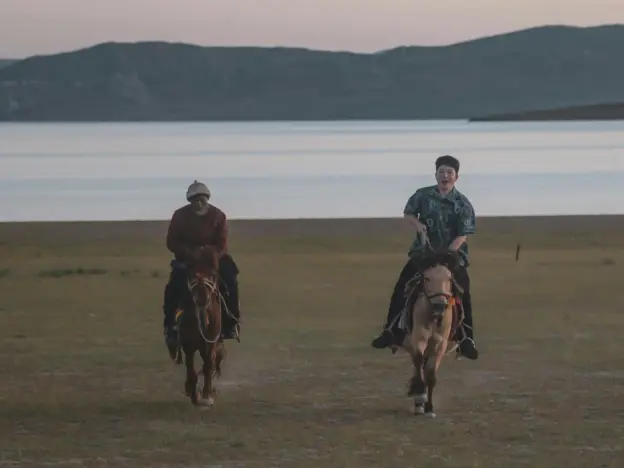
Also called Guanxi, Ganzi and formerly called Sihang, the Guangxi is a small horse is found in the Sichuan provinces and the Guangxi Zhuang Autonomous region of China.
Read more
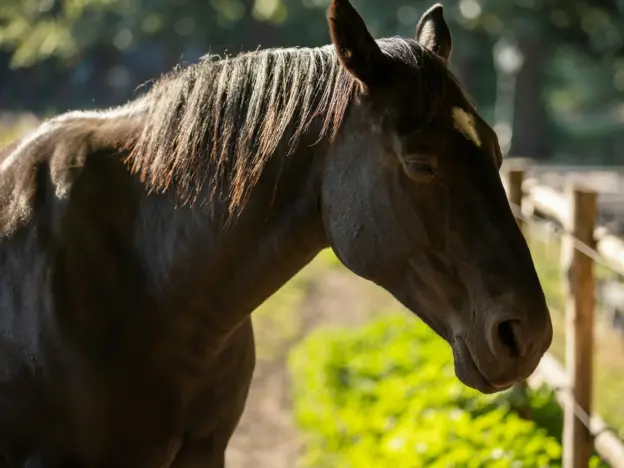
The Gronigan Horse is a heavy Dutch warmblood that has close connections to the Gelderland breed (although it is larger and more robust) like the Gelderland, the Groningan has essentially been absorbed into the Dutch Warmblood registry.
Read more
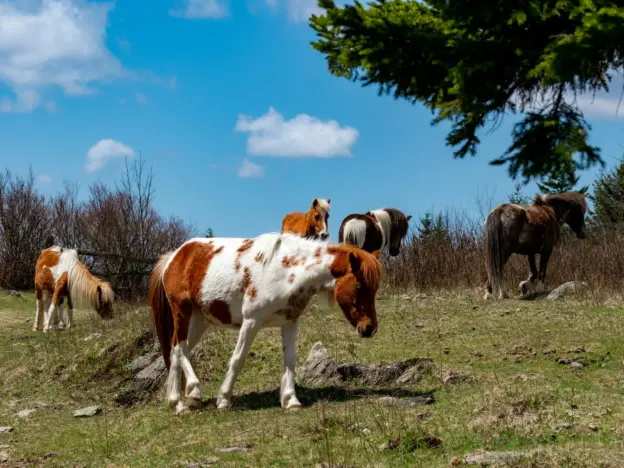
The Grayson Highland Ponies are a herd of semi-feral animals that live in Grayson Highlands State Park in Virginia. The Highlands reach over 5,000 feet, experiencing extreme heat in summer and cold in the winter, with constant sweeping winds.
Read more
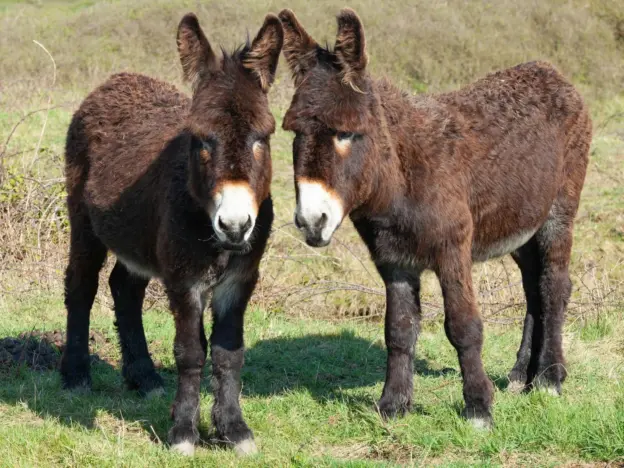
The Grand Noir du Berry comes from the French area of Berry and were used for working fields and vineyards, as well as general transportation. These donkeys were selectively bred robust enough to meet the specific needs of the people of Berry.
Read more
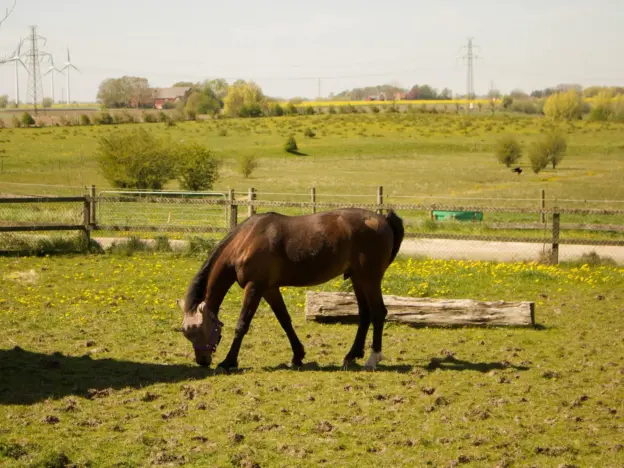
Also called the Skogsruss and the Russ, the Gotland Pony is an ancient breed that is native to the Gotland island of Sweden. In fact, prior to the 1950’s Baltic and Gotlands were the only ponies bred in Sweden.
Read more

The Golden American Saddlebred is a color breed and is registered with the American Saddlebred Horse Association. They are unique in their blonde coloring, which is due to a cream dilution gene in their bloodlines.
Read more
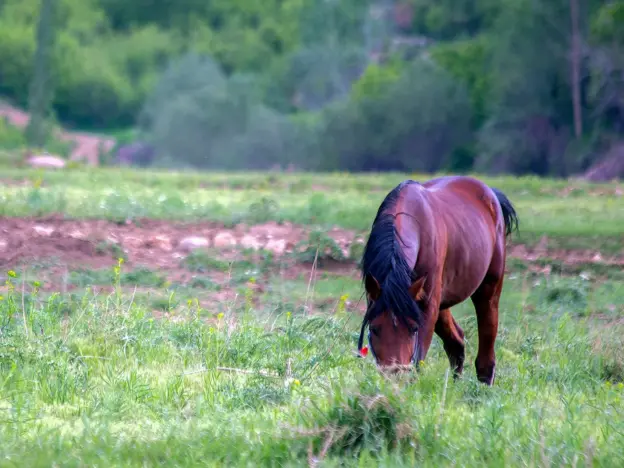
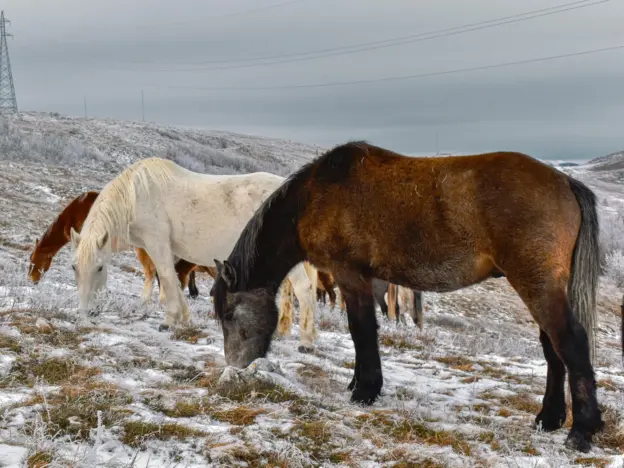
A small horse from Bosnia and Herzegovina, the Glasinacki isn’t actually a breed, but a type of the Bosnian Mountain Horse that has been refined with Arabian blood. This type is slightly heavier than the Podveleski, another Bosnian variety.
Read more

The Gidran is a Hungarian Anglo-Arabian breed that comes from a combination of Arabian and Thoroughbred bloodlines.
Read more
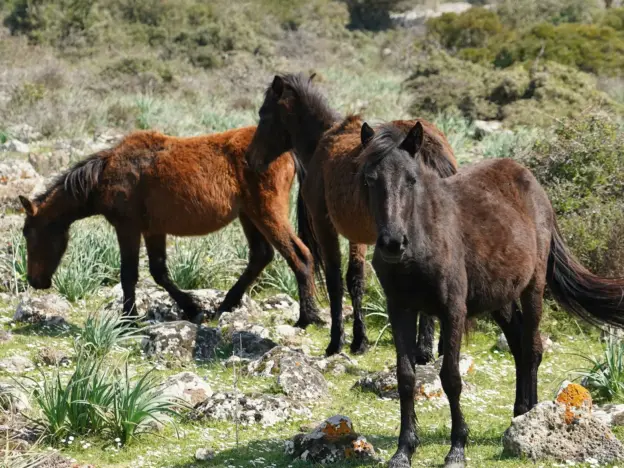
The Giara horse native to the island of Sardinia, Italy and they are found on a large, basalt plateau in the south of the island. Recently a small number of animals have been re-introduced into other parts of Sardinia in the hopes of growing their numbers. They among the few Italian breeds that have not been influenced by English Thoroughbred.
Read more